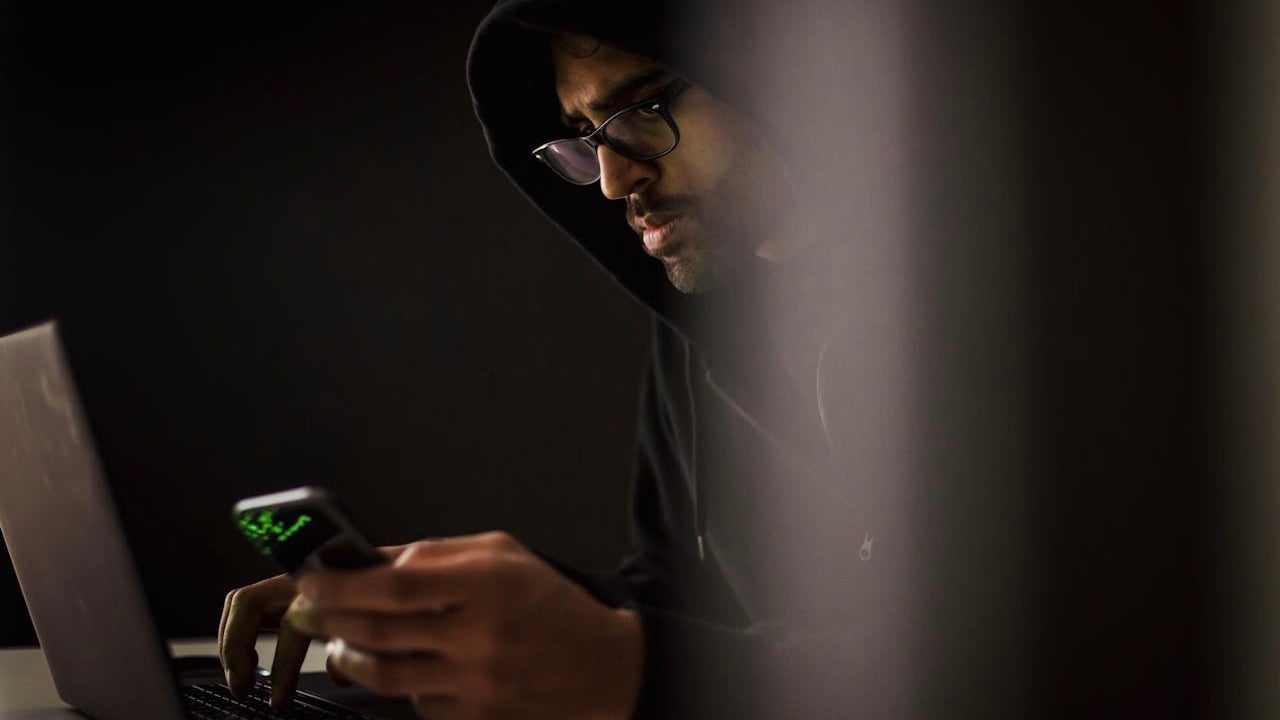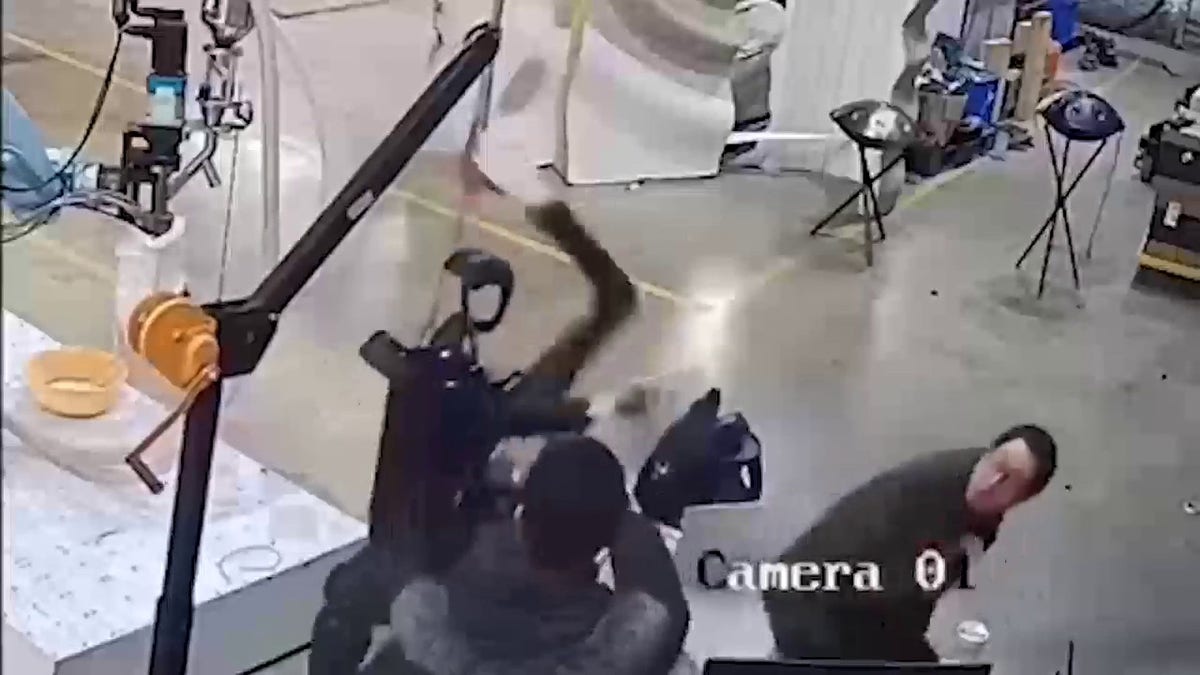How one community in Guatemala lives off the forest, while protecting it for the future

The sound of chainsaws echoes through the air as a tree crashes to the ground. At first glance, it may seem like another instance of environmental destruction, but in this case, the loggers at work are actually residents of the forest who are dedicated to its preservation.
Deep within the Maya Biosphere Reserve, a vast expanse of rainforest in Central America, lies over 80,000 hectares of land tended to by the villagers of Uaxactún. In an episode of “Shared Planet” from “The Nature of Things,” Uaxactún mayor Erwin Maas showcases how his community not only sustains themselves from the forest but also works tirelessly to protect it for future generations.
As a member of the Q’eqchi’ tribe, Maas views the forest as an integral part of his identity. “For me, the forest is part of who I am,” he explains. “When you enter the forest, you connect with nature.” Accompanied by his team of loggers, Maas ventures into the underbrush in search of a suitable tree to harvest. The village relies on the forest for resources such as sustainable lumber, palm fronds for floral arrangements, and tree nuts that are sold as a superfood. A single mahogany tree can fetch a substantial sum of $23,000, a significant income in a country where the average annual earnings are around $10,000.
However, the forest is not just a source of livelihood for humans. While scouting for a tree to cut, Maas spots a flash of red in the canopy above. The forest serves as a sanctuary for the scarlet macaw, of which fewer than 200 remain in Guatemala. Nestled high above the forest floor is a young macaw, the future of the species. By safeguarding the trees, Maas and his community are also protecting the diverse wildlife that calls the forest home.
Maas identifies a particular tree as a “seeder,” choosing to leave it standing to facilitate the growth of other trees and provide a habitat for wildlife. This decision reflects the community’s long-term perspective on forest management. “What do you gain from clear-cutting?” Maas questions. “It may bring short-term profits, but it robs future generations of their natural heritage.”
Unfortunately, not everyone shares the same commitment to conservation. On the outskirts of the village’s forest, a pile of leaf litter is set ablaze, posing a serious threat to the community’s precious woodland. Drug cartels are behind this destructive act, seeking to clear the land for illegal cattle ranching as a means of money laundering.
In the Maya Biosphere Reserve, establishing a national park designation alone is not enough to safeguard the forest. It is the dedication of individuals like Maas and his community, who live and work within the forest, that truly ensures its protection. By watching the full story unfold, viewers can gain a deeper understanding of the challenges and triumphs faced by those committed to preserving our planet’s natural wonders.
For more captivating episodes like this one, viewers can tune in to “Shared Planet” on CBC Gem or watch in stunning 4K resolution on The Nature of Things YouTube channel. By immersing ourselves in the stories of those who champion conservation efforts, we can all be inspired to make a positive impact on our environment.




